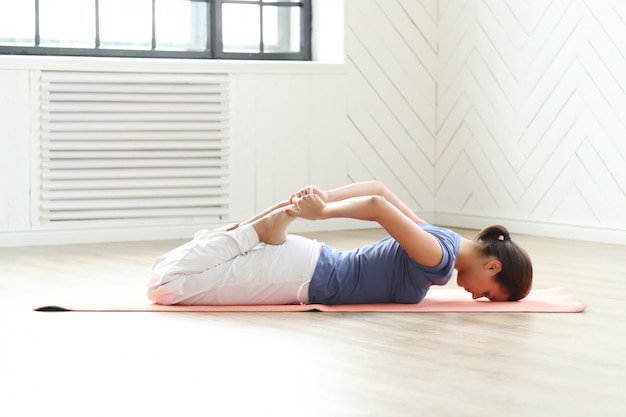Flexibility is vital for overall health, fitness, and quality of life but often gets overlooked. It helps prevent musculoskeletal problems and makes physical activities more effective. Assessing flexibility can pinpoint joint mobility limitations or muscle stiffness, set baseline values, and track progress in rehab or training programs.
How Do We Measure Flexibility?
Measuring flexibility isn鈥檛 straightforward. There’s no single test that covers all bases; each test checks a specific movement or joint. To gauge general flexibility, a mix of different tests is used.
Flexibility measurement methods fall into two categories: direct and indirect.
Direct Method
This method measures the angle between body segments or from a reference point. It鈥檚 commonly used to check joint range of motion.
Indirect Method
This method measures the distance between body parts or between an anatomical landmark and another point. It鈥檚 used to evaluate reachability and stretchability.
A thorough flexibility assessment using these methods can be time-consuming, but it’s necessary for an accurate evaluation.
Tools for Measuring Flexibility
Various tools measure flexibility, such as universal and clinical goniometers, inclinometers, and tape measures. Advanced tools like radiography or cinematography are also used but are often expensive and invasive.
Typically, a good flexibility measurement protocol includes a proper warm-up followed by three measurements per joint. The highest angle achieved is considered for evaluation.
Commonly Used Flexibility Tests
Sit-and-Reach Test
This popular test measures the flexibility of the lower back and hamstring muscles. The person sits on the floor with legs straight, feet against a box, leans forward without bending the knees, and reaches as far as possible. The distance reached is recorded, with scores indicating whether the person reached beyond their toes or not.
Shoulder Flexibility Test
This test checks shoulder joint flexibility. From a standing or sitting position, one hand reaches over the shoulder and down the back while the other reaches up from behind, attempting to touch or interlock fingers with the first hand. It鈥檚 a qualitative test, noting whether the fingers can touch or interlock and the ease of doing so.
Trunk Lift Test
This test measures the flexibility and strength of the lower back and hamstring muscles. The individual lies face down, slowly lifts the upper body using lower back muscles, and keeps the hips on the ground. The height the chest lifts is measured; higher lifts indicate better flexibility and lower back strength.
Thomas Test
This test evaluates hip flexor flexibility. Lying on their back on a table or bench, the person brings one knee to the chest, flattening the lower back while the other leg hangs off the edge. The position of the hanging leg shows hip flexor tightness; if the thigh doesn鈥檛 stay horizontal or the knee can鈥檛 bend to 90 degrees without lifting the lower back, it indicates tight hip flexors.
Ankle Flexibility Test
This test measures ankle joint flexibility, especially the calf muscles and Achilles tendon. The person stands facing a wall, with one foot鈥檚 toe touching the wall and the heel on the ground, leaning forward without lifting the heel. The distance of the toe from the wall increases until the heel just lifts off the ground. Greater distances show better ankle flexibility.
Understanding and measuring flexibility is crucial for good health and physical fitness. It helps identify potential issues, guides training programs, and monitors progress. Though complex and time-consuming, regular flexibility assessment brings undeniable benefits.







